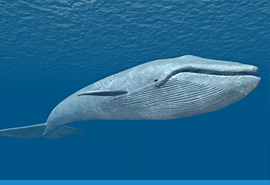


Disposition as part of one’s personality
Sometimes progress happens in a scientific field unexpectedly and outside the normal academic circles. One of these cases concerns the growing interest in personal ‘disposition’ (previously referred to as ‘temperament’). This subject is the focus of the German Initiative to Promote the Science of Disposition e.V, founded in 1999.
The members use insights from this science in their roles as educators, therapists, pastoral workers, coaches, pre-school teachers, trainers, business people, managers, or parents.
The historical context
Already in ancient times, the Greek doctor Hippocrates described different ‘temperaments’ (melancholy people, apathetic people, choleric people, sanguine types). However, his idea about where these differences came from turned out to be incorrect in modern times. Ancient Indian doctors also referred to three “types of ‘constitution’; these are still identified and used today in “Ayurveda”.
In 1990, however, the German educator Dr. Dietmar Friedmann discovered distinct personality patterns while working with Eric Berne’s transaction analysis, and specifically with the drama triangle developed by Stephen Karpman. Friedmann used his theory of personality patterns to conduct conversations, and he taught them at different educational institutions.
Starting 1999, one of Friedmann’s students, Werner Winkler, developed the Friedmann Model into the form as presented here. Since that time, there have been strong indications that personality patterns are caused by epigenetic influences going back to the early development of the embryo. The patterns are therefore innate. That is where the term ‘one’s nature” (which more or less corresponds to ‘temperament’) comes from.
Publications and texts about this topic have so far mainly appeared in the German language. We would be happy to provide contacts of people who can explain the model in English, Russian, Turkish, Ukrainian, Greek and Finnish. We can also answer specific questions.
